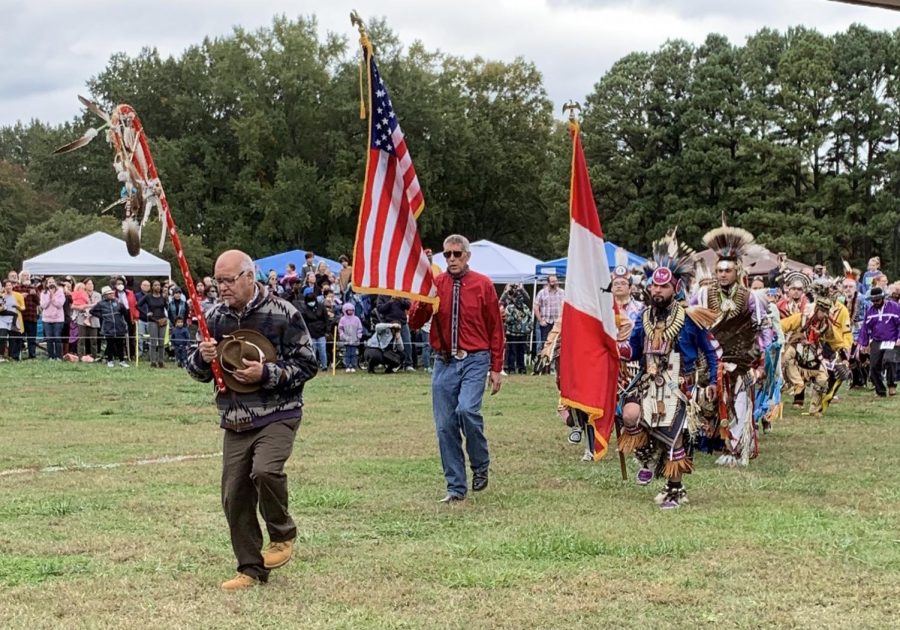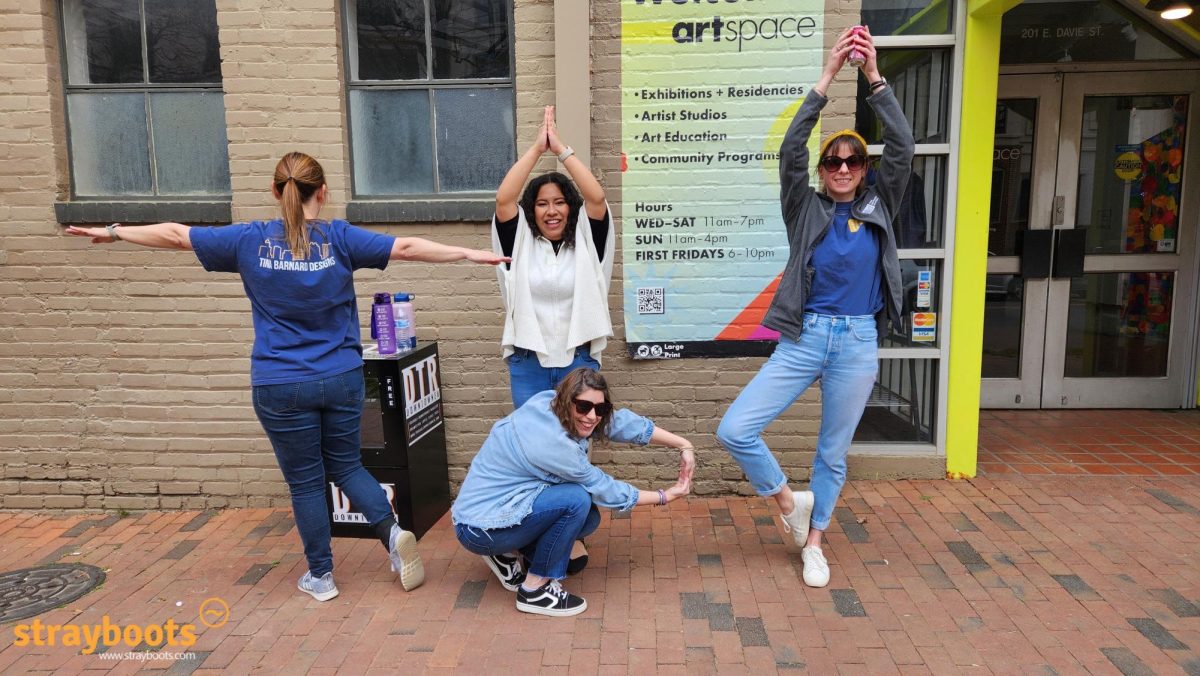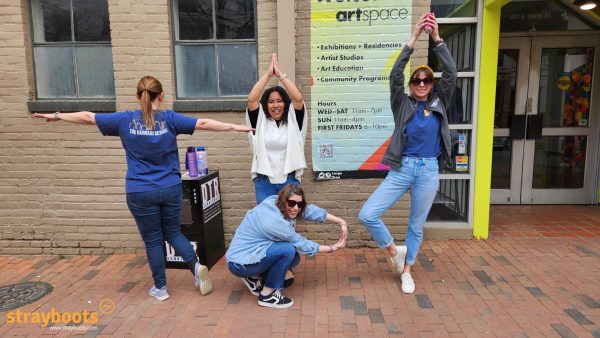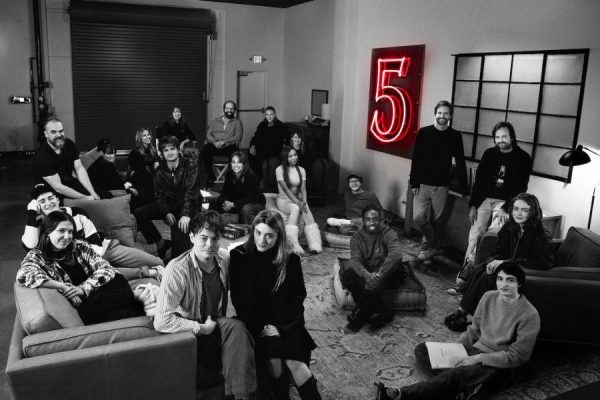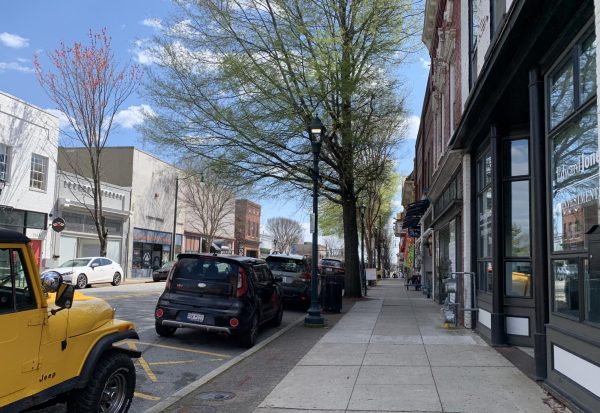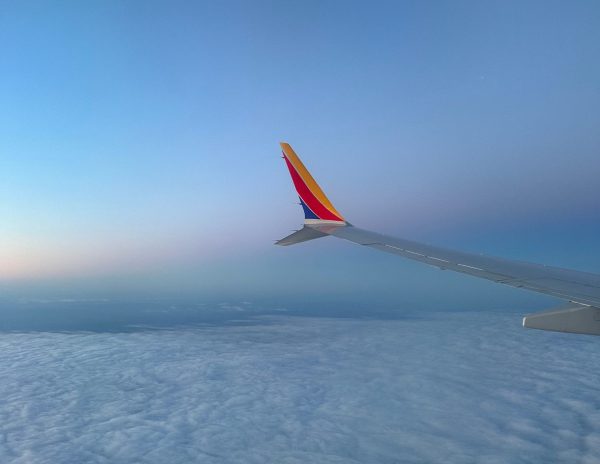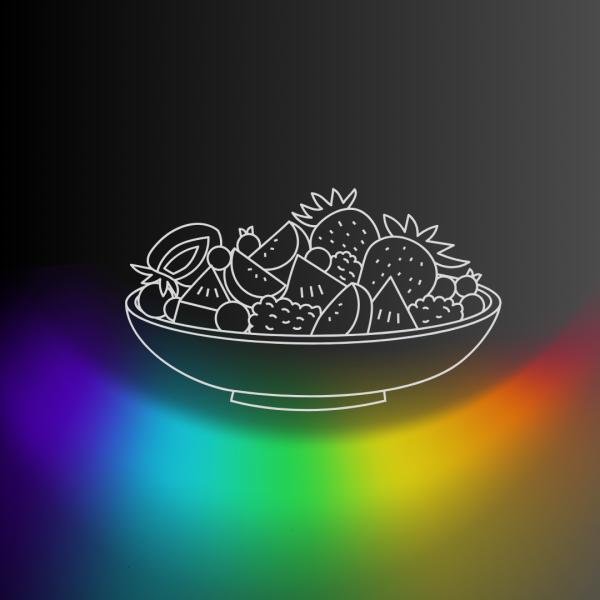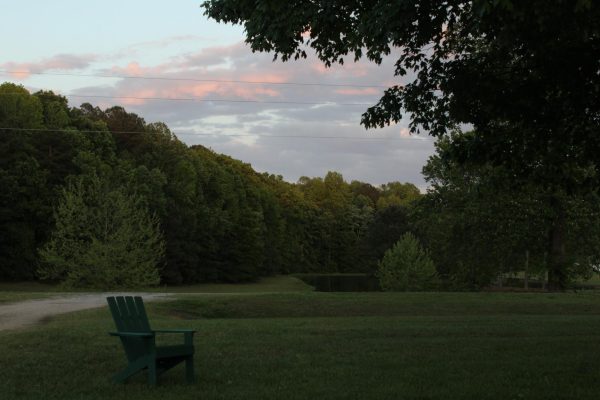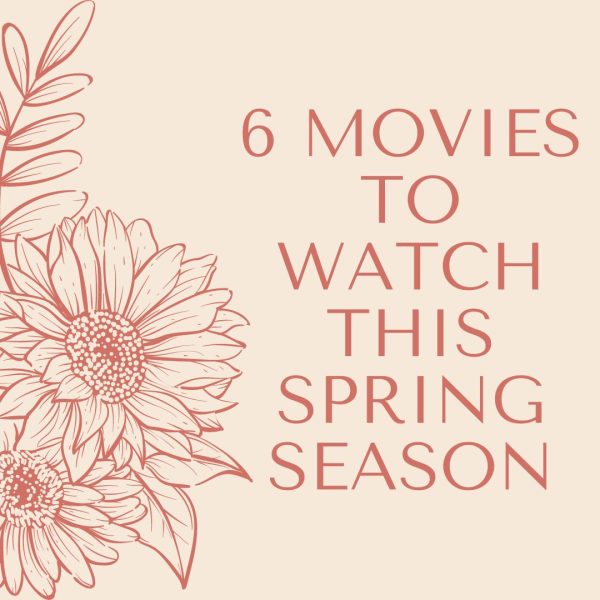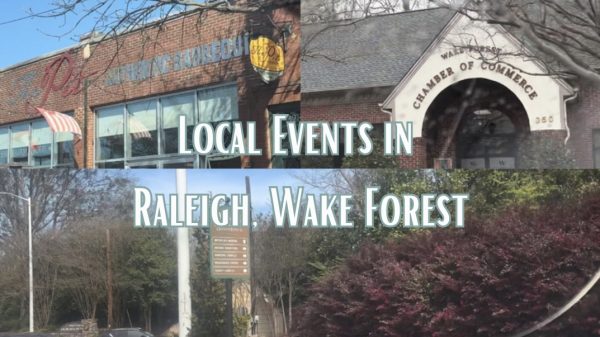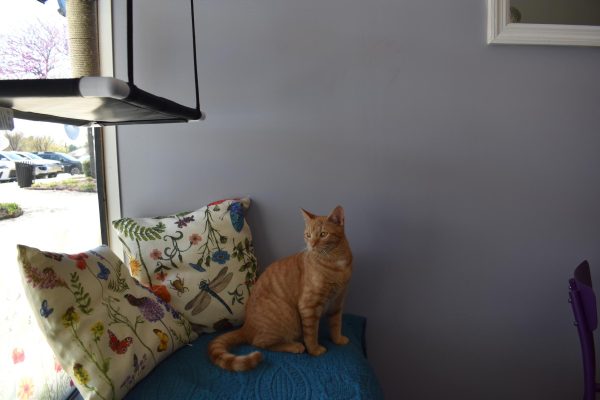Powwow terminology for Native American Heritage Month
November 29, 2021
On October 30, 2021, the first intertribal Dorothea Dix Park powwow was sponsored by the City of Raleigh and numerous Native American organizations in the Triangle. In honor of this new beginning, here are some definitions for terms you may hear at a powwow!
Powwow: The term powwow has been misconstrued by those who used it as slang, but the true definition is a gathering of Native American peoples to dance, sing, drum, eat, and participate in sacred practices. Everybody is invited to come out and celebrate!
Intertribal: Intertribal means across Native American tribes. Some powwows are regional and predominantly one tribe, whereas the Dorothea Dix powwow featured people from various tribes and regions.
8 Tribes of North Carolina: The 8 recognized tribes in NC are Lumbee, Waccamaw Siouan, Eastern Band of Cherokee, Ocaneechi, Haliwa-Saponi, Meherrin, Coharie and Sappony.
Grand Entry: This occurs to initiate the powwow at the beginning and after any break. During this time, veterans bring the US flag and an eagle staff into the arena, followed by the head dancers and all competing dancers.
Head dancers: Head dancers lead other dancers in Grand Entry and are leaders throughout the event. These experienced dancers are often selected due to their contributions to and/or participation in their tribe and community.
Head veterans: Head veterans carry the flag(s) and eagle staff during grand entry and have a special song to place the flags at the beginning of the event. They also retire the flag at the end of the event.
Emcee: The emcee is the announcer for the powwow. They announce competitions and songs, upcoming specials, share important information and keep the crowd updated.
Drum group: Drum groups consist of a group of male singers who sit around a singular, large, rawhide drum, and each plays with a singular drumstick. Some groups also have women who stand behind the drum and sing.
Host Drum: The host drum is the main drum group. There are usually multiple groups that alternate songs throughout the event.
Regalia: Regalias are clothing made up of intricate beadwork, patterns and accessories worn by dancers and they vary in design based on style of dance. Every item and color in regalia has some sort of meaning to the wearer.
Styles of dance: Dance competitions are separated by sex, age and style. Styles of dance vary based on the region. The main styles for women are called traditional, jingle and fancy shawl. The main styles for men are called traditional, fancy, grass, and chicken. Dances are distinguished by regalia and often symbolize nature, battle or historical practices.
Intertribal dance: Intertribal dances are typically open to anyone regardless of style of dance, age, gender or tribal affiliation.
Happy Native American Heritage Month!



